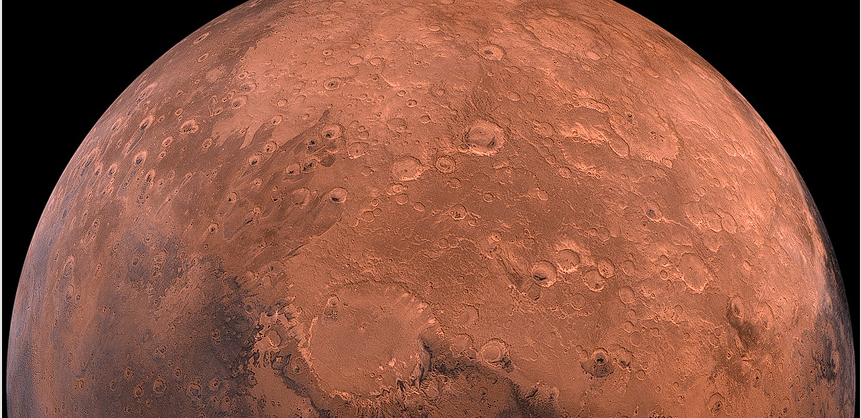NASA’s Perseverance rover has found a diverse menagerie of organic molecules in a Martian crater, a new study reports.
Organic compounds are molecules composed of carbon, and often include other elements such as hydrogen, oxygen, nitrogen, phosphorus and sulfur. Previously, scientists had detected several types of organic molecules of Martian origin — in meteorites blasted off Mars by cosmic impacts that landed on Earth, and in Gale Crater on the Red Planet, which NASA’s Curiosity rover has been exploring since 2012.
“They are an exciting clue for astrobiologists, since they are often thought of as building blocks of life,” study lead author Sunanda Sharma, a planetary scientist at the California Institute of Technology in Pasadena, told Space.com.
However, “importantly, they can be created by processes not related to life,” Sharma emphasized. As such, investigating what organic molecules exist on the Red Planet and how they were created is key to understanding what may or may not be linked to life on Mars.
“As planetary scientists and astrobiologists, we are very careful with laying out claims — claiming that life is the source of organics or possible biosignatures is a last-resort hypothesis, meaning we would need to rule out any non-biological source of origin,” Sharma said.
In the new study, Sharma and her colleagues analyzed data from Perseverance. In February 2021, the rover landed within Jezero Crater, the site of an ancient lake basin that prior work suggested displayed high potential for past habitability. The crater floor also possesses clays and other minerals that may preserve organic materials.
Specifically, the scientists examined data from the Scanning Habitable Environments with Raman and Luminescence for Organics and Chemicals (SHERLOC) instrument onboard Perseverance. SHERLOC is the first tool on Mars capable of conducting fine-scale mapping and analysis of organic molecules.
more at livescience.com


































